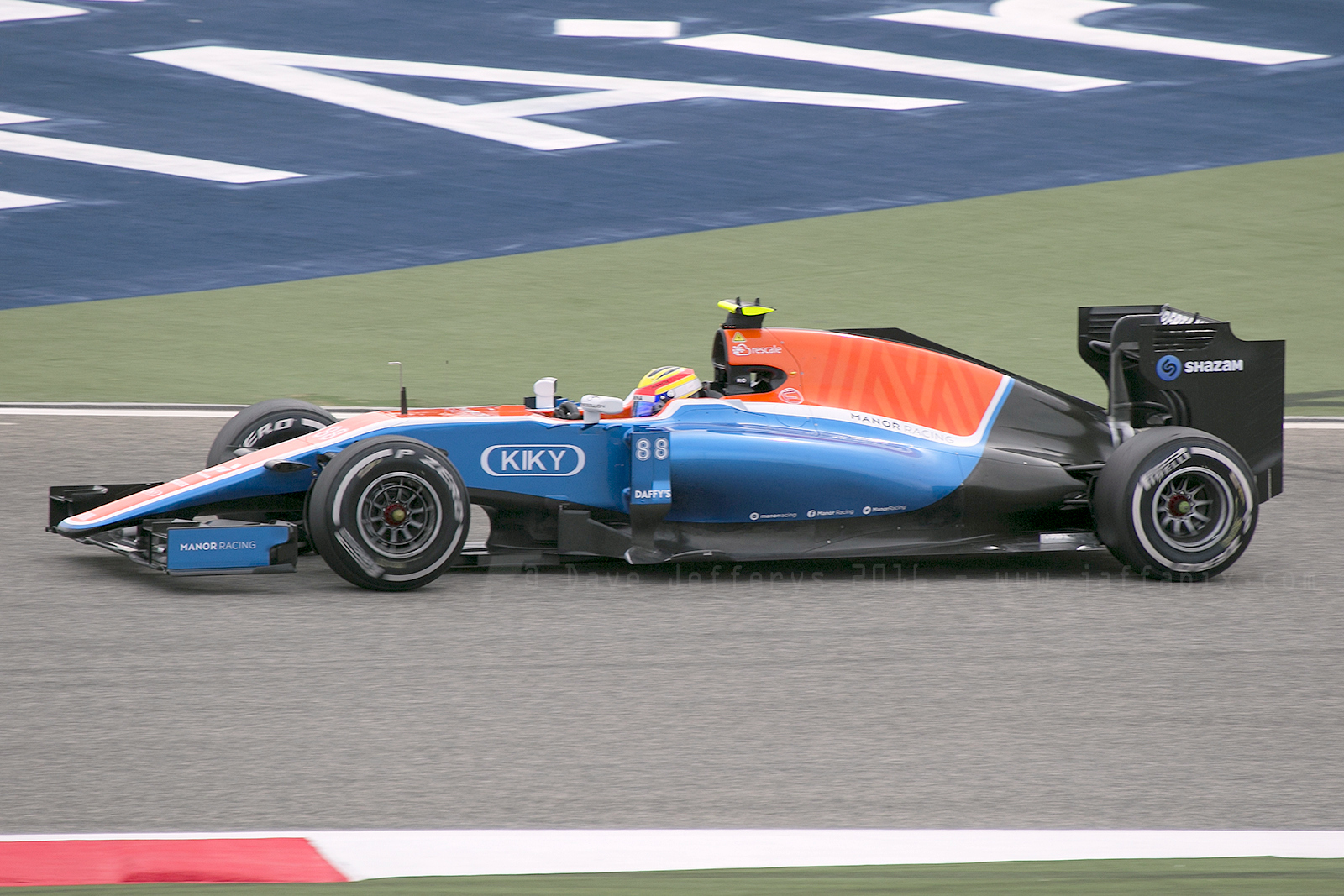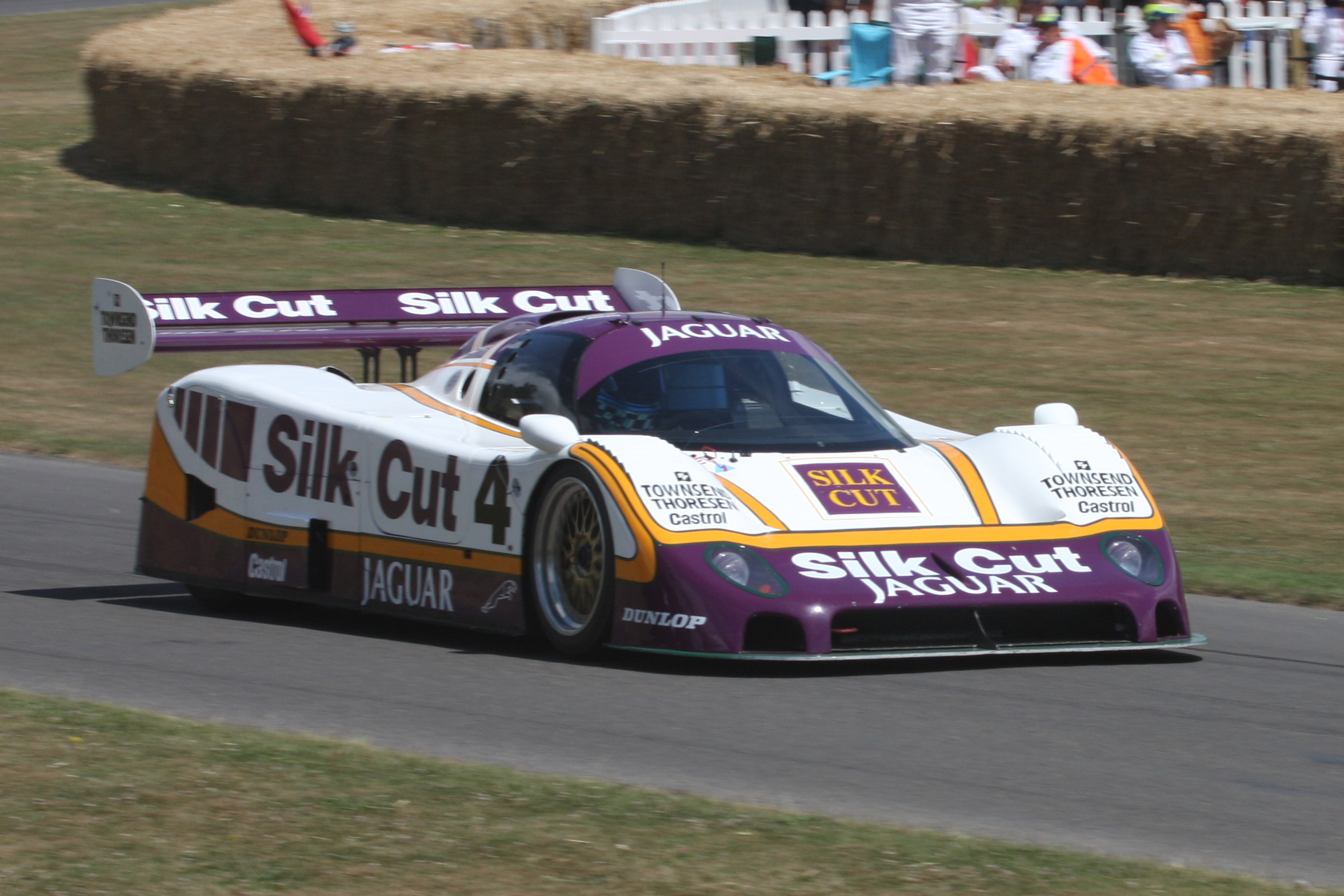|
Fiat Dino
The Fiat Dino (Type 135) was a front-engine, rear-wheel-drive sports car produced by Fiat from 1966 to 1973. The Dino name refers to the Ferrari Dino V6 engine, produced by Fiat and installed in the cars to achieve the production numbers sufficient for Ferrari to homologate the engine for Formula 2 racing. History Background The Dino road cars came to be because of Enzo Ferrari's need to homologate a V6 engine for Formula 2 racing cars. In 1965 the Commission Sportive Internationale de la FIA had drawn up new rules, to be enacted for the 1967 season. F2 engines were required to have no more than six cylinders, and to be derived from a production engine, from a road car homologated in the GT class and produced in at least 500 examples within 12 months. Since a small manufacturer, like Ferrari was in the mid 60s, did not possess the production capacity to reach such quotas, an agreement was signed with Fiat and made public on 1 March 1965: Fiat would produce the 500 engines needed ... [...More Info...] [...Related Items...] OR: [Wikipedia] [Google] [Baidu] [Amazon] |
Fiat Automobiles
Fiat Automobiles S.p.A., commonly known as simply Fiat ( , ; ), is an Italian automobile manufacturer. It became a part of Fiat Chrysler Automobiles in 2014 and, in 2021, became a subsidiary of Stellantis through its Italian division, Stellantis Europe. Fiat Automobiles was formed in January 2007 when Fiat S.p.A. reorganized its automobile business, and traces its history back to 1899, when the first Fiat automobile, the Fiat 4 HP, was produced. Fiat Automobiles is the largest automobile manufacturer in Italy. During its more than century-long history, it remained the largest automobile manufacturer in Europe and the third in the world after General Motors and Ford Motor Company, Ford for over 20 years, until the car industry crisis in the late 1980s. In 2013, Fiat S.p.A. was the second-largest European automaker by volumes produced and the Automotive industry, seventh in the world, while FCA was the world's eighth-largest automaker. In 1970, Fiat Automobiles employed more th ... [...More Info...] [...Related Items...] OR: [Wikipedia] [Google] [Baidu] [Amazon] |
Mid-engine Design
In automotive engineering, a mid-engine layout describes the placement of an automobile engine in front of the rear-wheel axles, but behind the front axle. History The mid-engine, rear-wheel-drive format can be considered the original layout of automobiles. A 1901 Autocar was the first gasoline-powered automobile to use a drive shaft and placed the engine under the seat. This pioneering vehicle is now in the collection of the Smithsonian Institution. Benefits Mounting the engine in the middle instead of the front of the vehicle puts more weight over the rear tires, so they have more traction and provide more assistance to the front tires in braking the vehicle, with less chance of rear-wheel lockup and less chance of a skid or spin out. If the mid-engine vehicle is also rear-drive the added weight on the rear tires can also improve acceleration on slippery surfaces, providing much of the benefit of all-wheel-drive without the added weight and expense of all-wheel-drive com ... [...More Info...] [...Related Items...] OR: [Wikipedia] [Google] [Baidu] [Amazon] |
Aurelio Lampredi
Aurelio Lampredi (16 June 1917 – 1 June 1989) was an Italian automobile and aircraft engine designer. Early career Lampredi was born in Livorno, Tuscany. He studied mechanical engineering at the Institut Technique Supérieur in Fribourg. A classical music lover, he had wanted to study piano but was persuaded by his father to choose a more secure career path. After a brief apprentice at the Livorno Shipyard, he started working at Piaggio in 1937, where he was supervised by Corradino D'Ascanio. At the outbreak of World War II, he was drafted and moved to Reggiane, where he designed military aircraft engines. Ferrari Reggiane's chief designer Carlo Ruini was impressed with Lampredi's work and recommended him to Enzo Ferrari, who at the time was in the process of building his own racing team. Lampredi's first interlude with Ferrari only lasted one year as he didn't feel there was enough space for professional growth with Giuseppe Busso and Gioacchino Colombo already covering senio ... [...More Info...] [...Related Items...] OR: [Wikipedia] [Google] [Baidu] [Amazon] |
Sports Prototype
A sports prototype, sometimes referred to simply as a prototype, is a type of Auto racing, race car that is used in high-level categories of sports car racing. They are purpose-built auto-sports race cars, as opposed to production-car based or street-legal, low-volume Homologation (motorsport), homologation specials – thus entirely not intended for consumer purchase, or production beyond the fabrication of the (nearly) unique cars entered into races and in race-car competition classes or "formulas", with sufficiently open regulations to allow for vehicles of unique design to partake. Prototype racing cars have competed in sports car racing since before World War II, but became the top echelon of sports cars in the 1960s as they began to replace Homologation (motorsport), homologated sports cars. Current Automobile Club de l'Ouest, ACO regulations allow most sports car series to use two forms of cars: ''grand tourers (GT cars)'', which are strictly based on production street ca ... [...More Info...] [...Related Items...] OR: [Wikipedia] [Google] [Baidu] [Amazon] |
Cylinder Bank
The engine configuration describes the fundamental operating principles by which internal combustion engines are categorized. Piston engines are often categorized by their cylinder layout, valves and camshafts. Wankel engines are often categorized by the number of rotors present. Gas turbine engines are often categorized into turbojets, turbofans, turboprops and turboshafts. Piston engines Any design of motor/engine, be it a V or a boxer can be called an "in-line" if it's mounted in-line with the frame/chassis and in-line with the direction of travel of the vehicle. When the motor/engine is across the frame/chassis this is called a TRANSVERSE motor. Cylinder arrangement is not in the description of how the motor/engine is oriented. Therefore a V4 motor/engine can be a transverse or an in-line. Where the cylinders are arranged in two or more lines (such as in V engines or flat engines), each line of cylinders is referred to as a 'cylinder bank'. The angle between cylinder b ... [...More Info...] [...Related Items...] OR: [Wikipedia] [Google] [Baidu] [Amazon] |
Vittorio Jano
Vittorio Jano (; 22 April 1891 – 13 March 1965) was an Italian automobile designer of Hungarian descent from the 1920s through 1960s. Jano was born ''Viktor János'' in San Giorgio Canavese, in Piedmont, to Hungarian immigrants, who arrived there several years earlier. He began at the car and truck company Società Torinese Automobili Rapid owned by G.B. Ceirano. In 1911 he moved to Fiat under Luigi Bazzi. With Alfa Romeo He moved with Bazzi to Alfa Romeo in 1923 to replace Giuseppe Merosi as chief engineer. At Alfa Romeo his first design was the 8-cylinder in-line mounted Alfa Romeo P2 Grand Prix car, which won Alfa Romeo the inaugural world championship for Grand Prix cars in 1925. In 1932, he produced the sensational Alfa Romeo P3 model which later was raced with great success by Enzo Ferrari and his Scuderia Ferrari in 1933. For Alfa road cars Jano developed a series of small-to-medium-displacement 4-, 6-, and 8-cylinder inline power plants based on the P2 ... [...More Info...] [...Related Items...] OR: [Wikipedia] [Google] [Baidu] [Amazon] |
Alfredo Ferrari
Alfredo Ferrari (nicknamed Alfredino or Dino; 19 January 1932 – 30 June 1956) was an Italian automotive engineer and the first son of automaker Enzo Ferrari. He was diagnosed with Duchenne muscular dystrophy, and died aged 24. After his death, Ferrari named the car fitted with the engine that Alfredo was working on at the time of his death " Dino" in his honour. Early life Born to Enzo Ferrari and his wife Laura Dominica Garello, on 19 January 1932, Alfredo was named after his paternal grandfather and uncle. Enzo, who at the time was a racing driver for Alfa Romeo, had vowed to stop racing cars if he had a son. He kept his promise, and retired from driving in 1932, concentrating on racing team management with the newly-formed Scuderia Ferrari. From an early age, Enzo groomed Alfredino, "little Alfredo", to be his successor. Alfredo studied economics in Bologna before moving to mechanical engineering in Switzerland. Career at Ferrari In his short career at Ferrari, Alfre ... [...More Info...] [...Related Items...] OR: [Wikipedia] [Google] [Baidu] [Amazon] |
La Stampa
(English: "The Press") is an Italian daily newspaper published in Turin with an average circulation of 87,143 copies in May 2023. Distributed in Italy and other European nations, it is one of the oldest newspapers in Italy. Until the late 1970s and early 1980s, when the country underwent a nationalization process, and were not real national daily newspapers, as their geographical area of circulation was mostly limited to Piedmont for and Lombardy for ; thus, both papers shared a readership that was linked to its place of residence and its social class, mostly from the industrialist class and financial circles. has "historically" been Turin's newspaper of record. It is considered one of Italy's leading national newspapers alongside , , , and . History and profile The paper was founded by Vittorio Bersezio, a journalist and novelist, in February 1867, with the name ''Gazzetta Piemontese''. In 1895, the newspaper was bought and by then edited by Alfredo Frassati (father of ... [...More Info...] [...Related Items...] OR: [Wikipedia] [Google] [Baidu] [Amazon] |
Homologation
Homologation (Greek language, Greek ''homologeo'', ὁμολογέω, "to agree") is the granting of approval by an official authority. This may be a court of law, a government department, or an academic or professional body, any of which would normally work from a set of rules or standards to determine whether such approval should be given. The word may be considered very roughly synonymous with ''wiktionary:Accreditation, accreditation'', and in fact in French language, French and Spanish language, Spanish may be used with regard to academic degrees (see apostille). ''Certification'' is another possible synonym, while ''to homologate'' is the infinitive verb form. In today's marketplace, for instance, products must often be homologated by some public agency to assure that they meet standards for such things as safety and environmental impact. A court action may also sometimes be homologated by a judicial authority before it can proceed, and the term has a precise legal meaning i ... [...More Info...] [...Related Items...] OR: [Wikipedia] [Google] [Baidu] [Amazon] |






